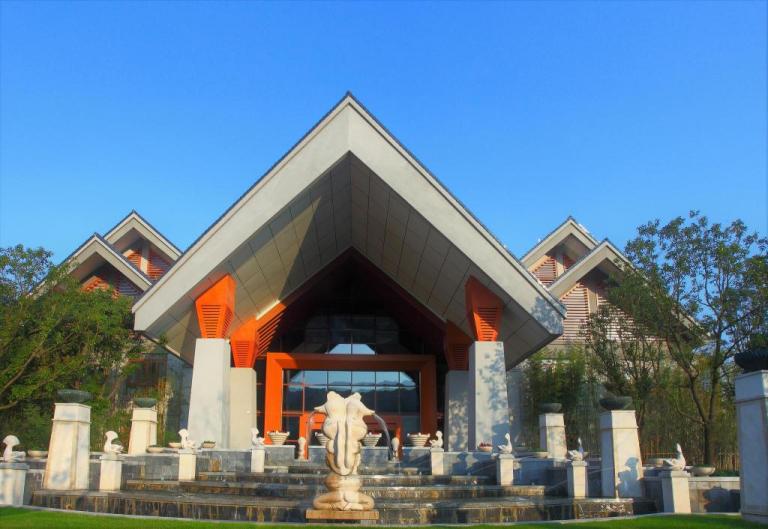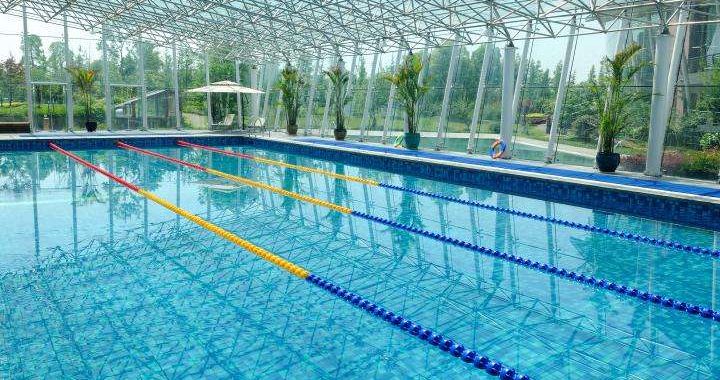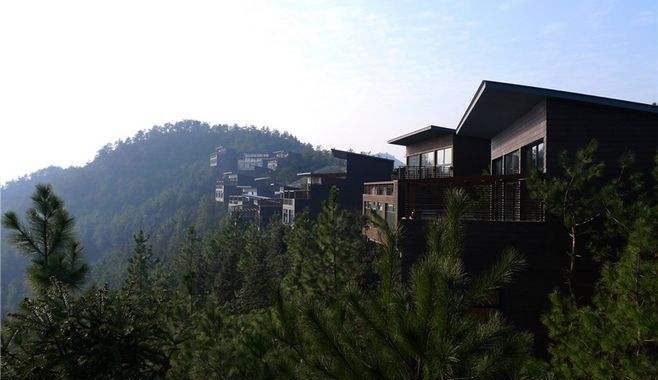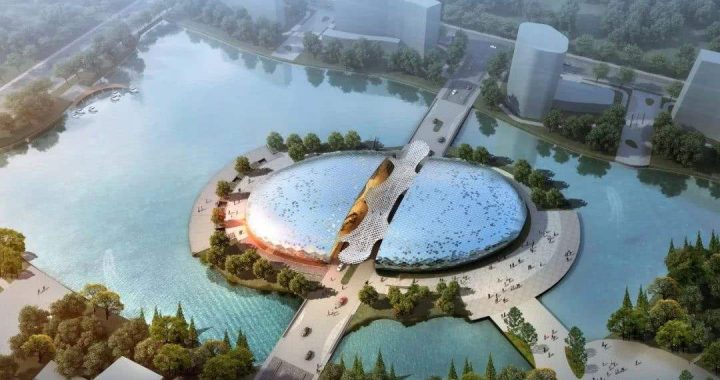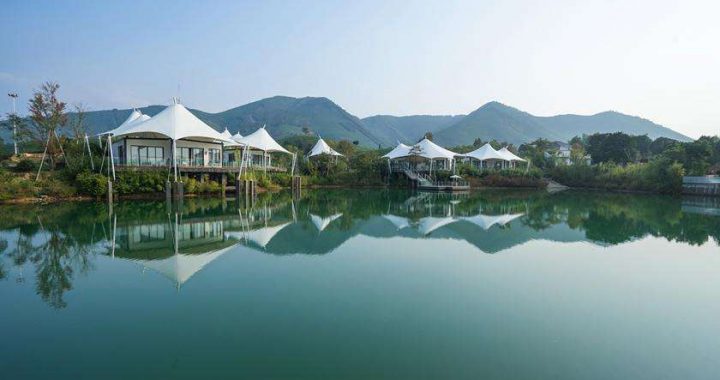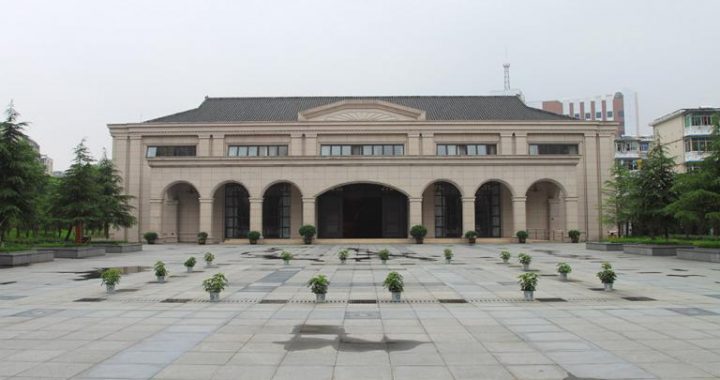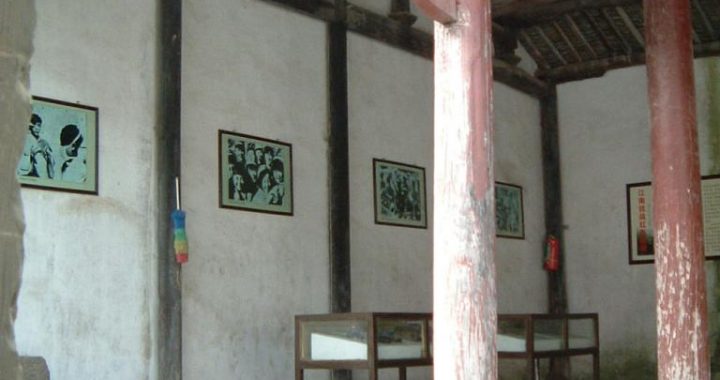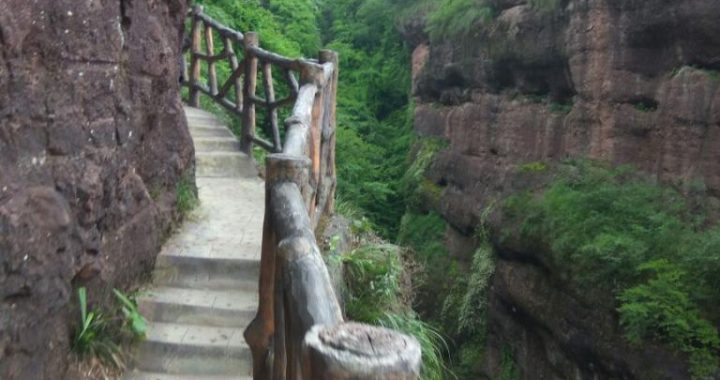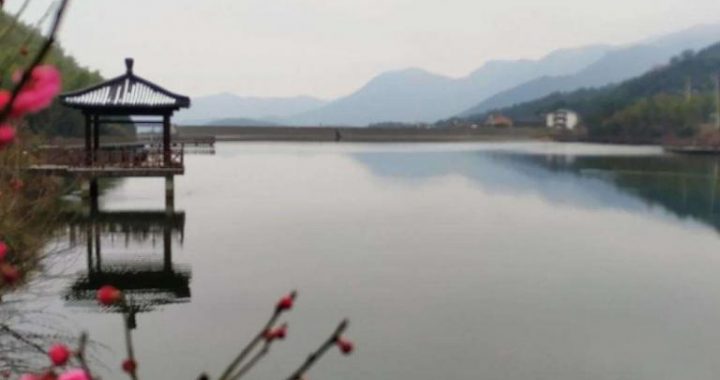Fumiao is a Temple in Huzhou City
6 min readFumiao (Huzhou City Temple) generally means a Chinese town god’s temple in a town or in a city. Huzhou city temple is customarily called Fumiao, and located between Renmin Road and North Street in downtown of city proper. As one of the three extremely fantastic constructions in Huzhou, it enjoys equal popularity with the other two ancient constructions (Feiying Pagoda and Chaoying Bridge). Huzhou Fumiao is characterized by its unique structure of “a temple in a temple”. The history of the temple can be traced back to the year of the Southern Song Dynasty(1148). It used to be a place to enshrine and worship the town gods in history as the same as the town god’s temples in other cities, but the names of such a kind of temples are not absolutely same in China. Huzhou Fumiao had been an assembly site for holding religious ceremonies, sacrifice ceremonies, and entertainment activities as well. Many years ago, touring theatrical troupes from other parts of the country often gave their performances inside or outside the temple including drama, sideshow, magic, and the like. Fumiao was also a main spot for the story-telling performed in Huzhou dialect, which is called “Huzhou Dashu”belonging to one of traditional folk dramas.
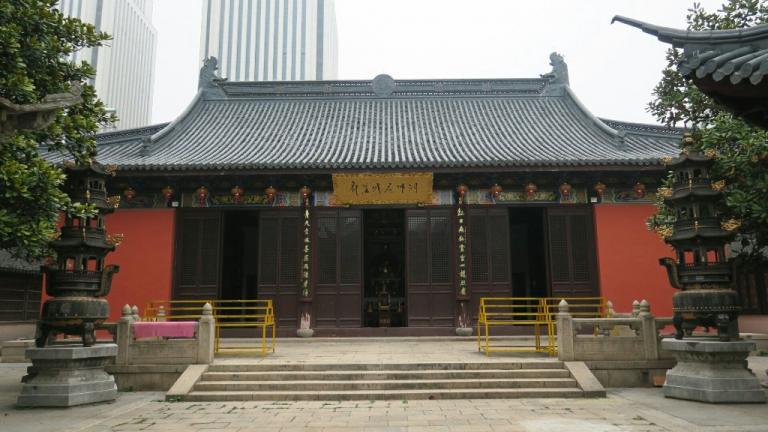
There has been a free-market outside of the temple for a very long time, various small commodities are sold, snacks and local delicacies are offered at booths. Additionally, divination and fortune-tellers might give you a surprise if you have a try.
Huzhou Fumiao was wholly destroyed during the “Cultural Revolution”.
The reconstruction project started in 1994, and lasted two years. It was reopened to the public on the New Year’s Day of 1996. The original Fumiao was a compound construction with a square courtyard surrounded by buildings, but now a new memorial gateway in the style of pavilion is set up in front of the temple. There are three gates to the main hall, and there is a pair of stone lions at either side of each gate.A newly-built platform is located in front of the main hall, and in the center of the platform there is a treasure tripod.A stone hexagonal pavilion named “Yanhe”with a pyramid roof and upturned eaves stands before the platform. Behind the main hall, two additional pavilions are set up separately on the east site and the west site of the backyard. Visitors can see a stone tablet positioned in the pavilion on the west site. The stone tablet is engraved with the”Records of the Reconstruction of Fumiao”in 1995. Another stone tablet placed in the pavilion on the east side bears the “Records of Huzhou Town God’s Temple Renovation”in the 53rd year of the Qianlong Period(1788).
Chaoyin Bridge is another ancient structure in Wuxing. There are three grand stone arch bridges in the downtown. They are Pangong Bridge, Datong Bridge and Chaoyin Bridge. All of them are still well preserved.
Chaoyin Bridge is a stone bridge with three arches,a big arch in the middle and two small arches on its left and right. There is a pair of stone carved lions at either end of the bridge. The bridge was built in the Reign of Jiajing in the Ming Dynasty(1539), and rebuilt in the 33rd year of Wanli Period (1605). The bridge has withstood more than 400 years of natural calamities, and it is still quite sturdy and secure as before. Chaoyin Bridge is ranked as one of the three wonders in Huzhou, and famed for its popular folk story of “a bridge under the bridge”. There once lived a mute at the east side of the river who worked as a longterm hired hand for a rich man at the west side of the river. There wasn’t any bridge over the river at that time. It was no matter whether the days were in severely cold winter or not, he had to swim across the river every day to serve for the family. It was very inconvenient for comers and goers. The mute decided to save some money to build a small wooden bridge over the river. After a few years, the mute took out his savings and bought a little ferry-boat to carry people across the river at the initial stage. He announced to the passengers in advance that the ferry-fees they paid would be used to build a wooden bridge in the future. There was a temple called Cigan next to the abutment pier of the bridge, which was built in the third year of Jianyan of the Southern Song Dynasty(1129). It is said that at the earlier times, there was only a ferry named Chaoyin Ferry.
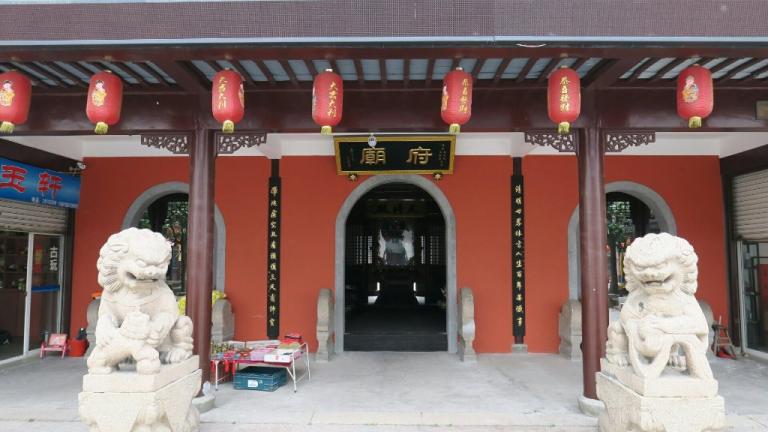
Chaoyin means the sound of tidewater. The name of the ferry was taken after the Chaoyin Cave of Putuo Mountain in Zhoushan. Because of the place where Guanyin(Avalokitesvara, the Goddess of Mercy) made her presence or showed her true figure as the rising tide came up with the roaring sound. Cigan Temple was built for the presence of Guanyin, so that the ferry was called “Guanyin Ferry”. The temple at that time had a high prestige, and attracted a great number of devoted worshippers. Those devotees and passengers often overpaid the ferry-boat fee than what they should pay to show their charitable deeds. Several years later, the mute really built up a wooden bridge over the river with the sum of money he collected. Everyone called it Mute Bridge. Walkers and passers-by all praised the good deed that the mute did, and spoke ironically of the miserly rich man when they crossed over to the other side of the river by the bridge.
Those remarks provoked and offended the rich and powerful man. He made trouble out of thin air and found an unreasonable excuse that the bridge kept off the fortune of his family. He counted upon his wealth and strength, and ordered his men to pull down the bridge. On that day, the mute tried his best to stop the destruction of the wooden bridge, but he was cruelly beaten to death. It was extremely tragic beyond compare, his body was tied to a big stone and thrown into the river. The savage act aroused great public indignation. On hearing the sad news of the death of the mute, the locals ran around and lost no time pooling money. They quickly built a grand stone arch bridge at the very site, that is, Chaoyin Bridge we now see. To cherishthe memory of the kindhearted and brave mute, people made it that whoever, men or women, old or young should keep silent and stop talking while passing through the bridge. The convention had been popular until cargo vessels and passenger boats stopped running in the river. The name ofChaoyin might come out of another explanation. It was because the the abutment piers of the bridge were washed up by the tides, and the tides sounded loudly. Helmsmen had to concentrate their attentions to pass through the arch of the bridge carefully, therefore, passengers were also asked to keep silent.
Located on the east side near the end of South Street, Chaoyin Bridge deserves to be called an ancient cloverleaf or overpass, one can walk over on the bridge, and pass across under it, as well as go through the stone arch by boat. The ancient stone arch bridge is 54.2 meters long,5 meters in width, 7 meters in height and the whole span is 29 meters. It originally had 27 steps on either side. With the lapse of time, Cigan Temple is not in existence except for those dilapidated walls and upturned eaves that indicate what it used to be, but the story about the mute and the wooden bridge under the stone bridge has been passing on. To keep abreast of the urban developmentand meet the needs of the urban inhabitants,a wider and smooth bridge was built several years ago. The newly constructed Chaoyin Bridge lies about 60 meters to the south of the ancient stone arch bridge, which goes parallel to the ancient one and directly links Lianhuazhuang Road with the South Street. From then on, the urban traffic is further improved.
